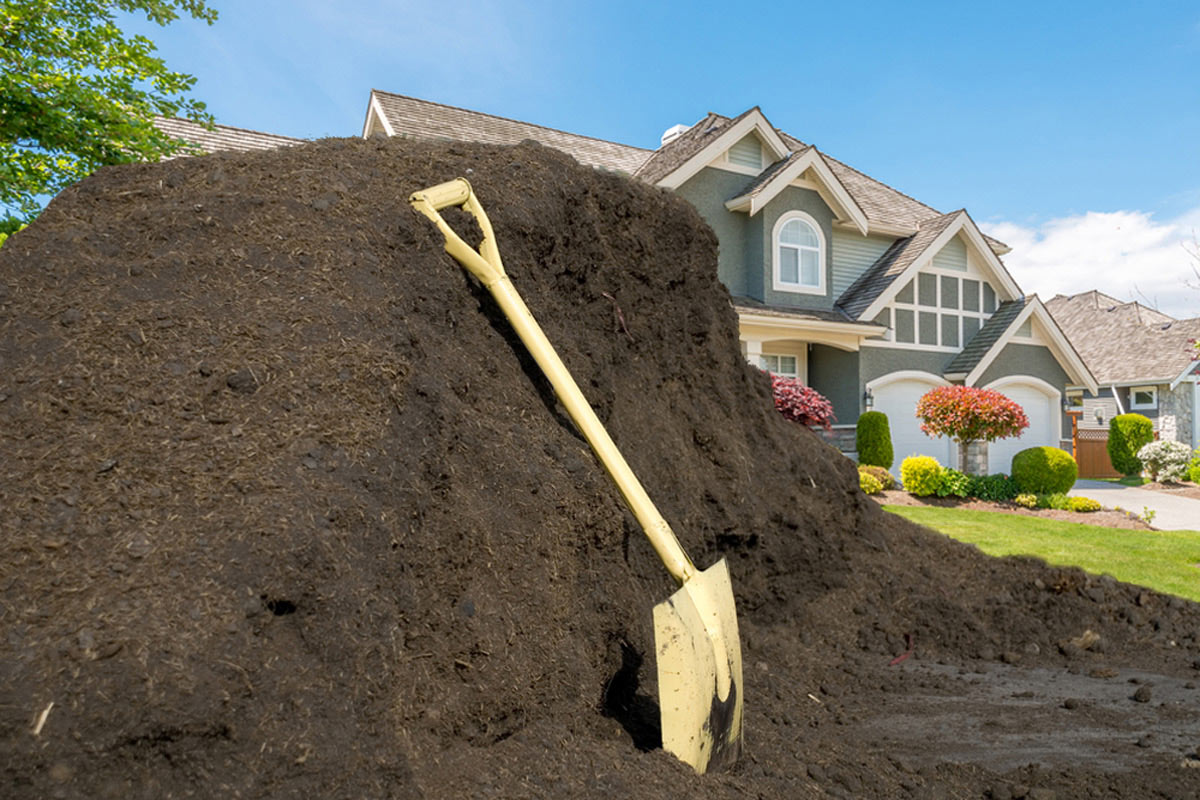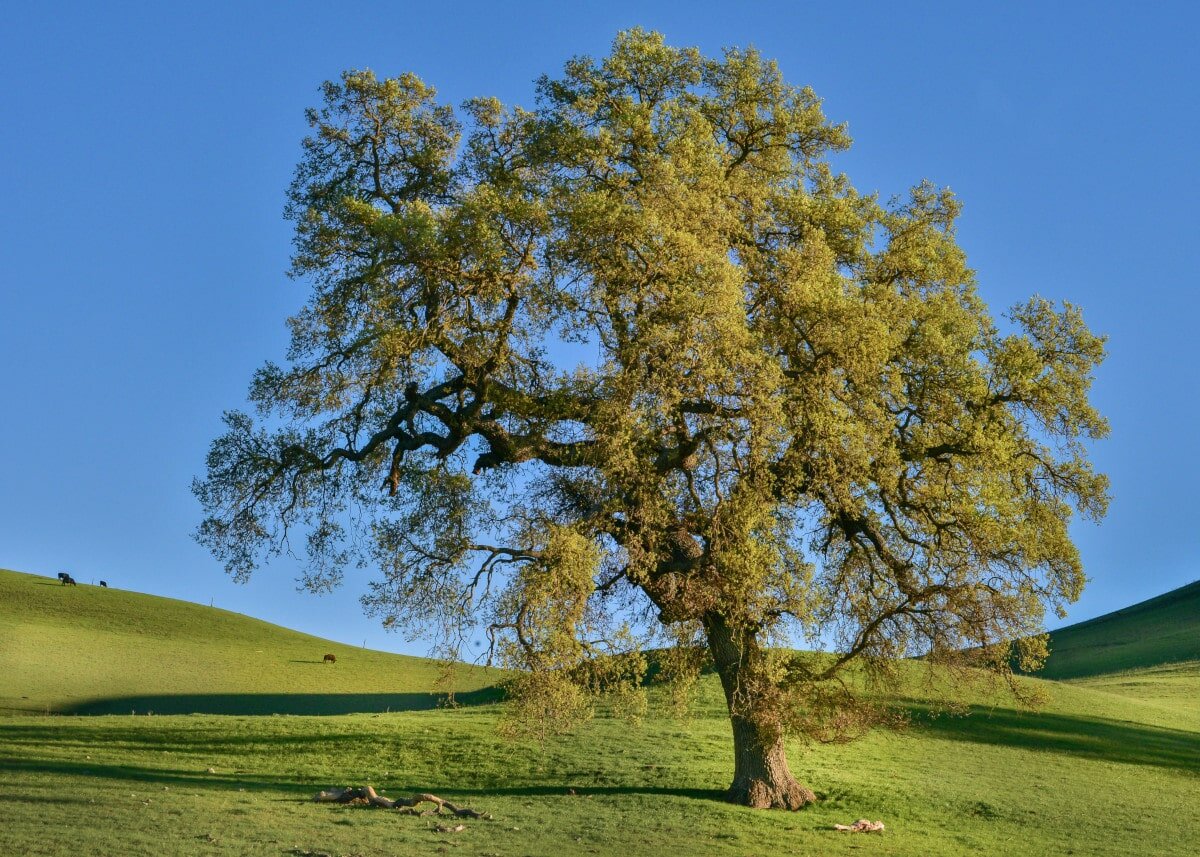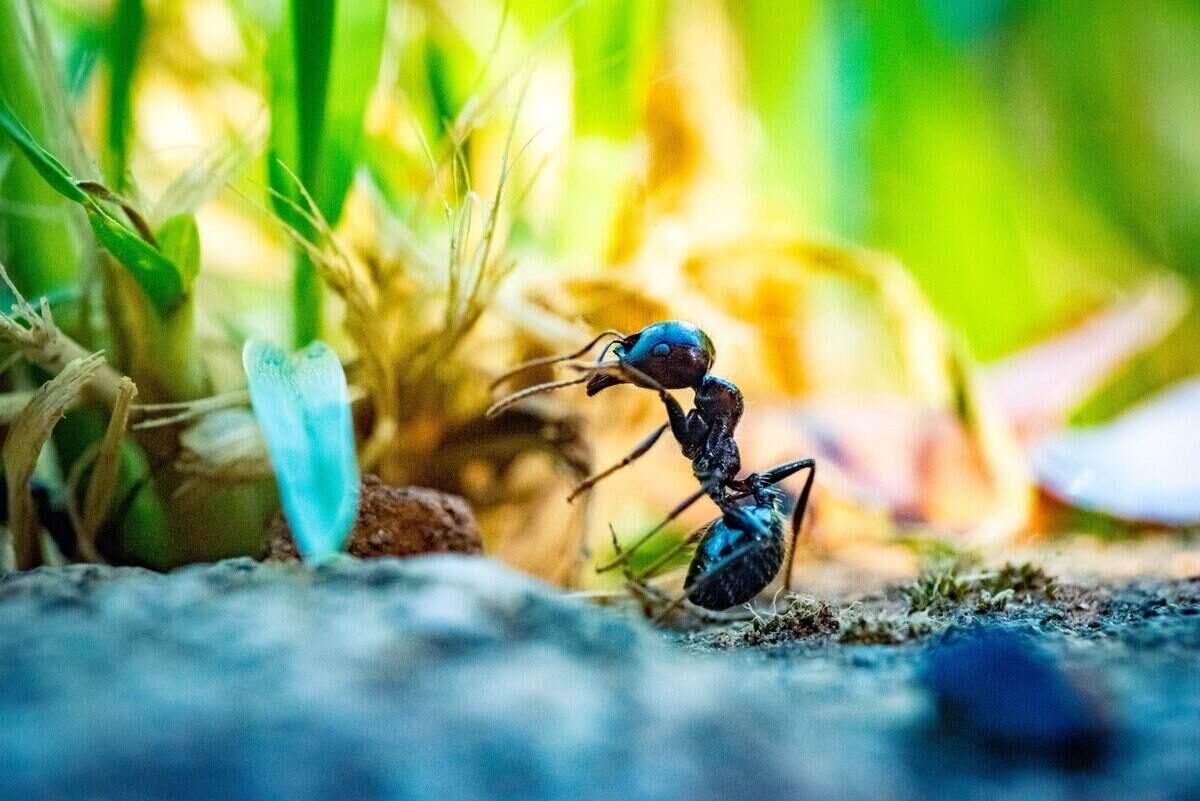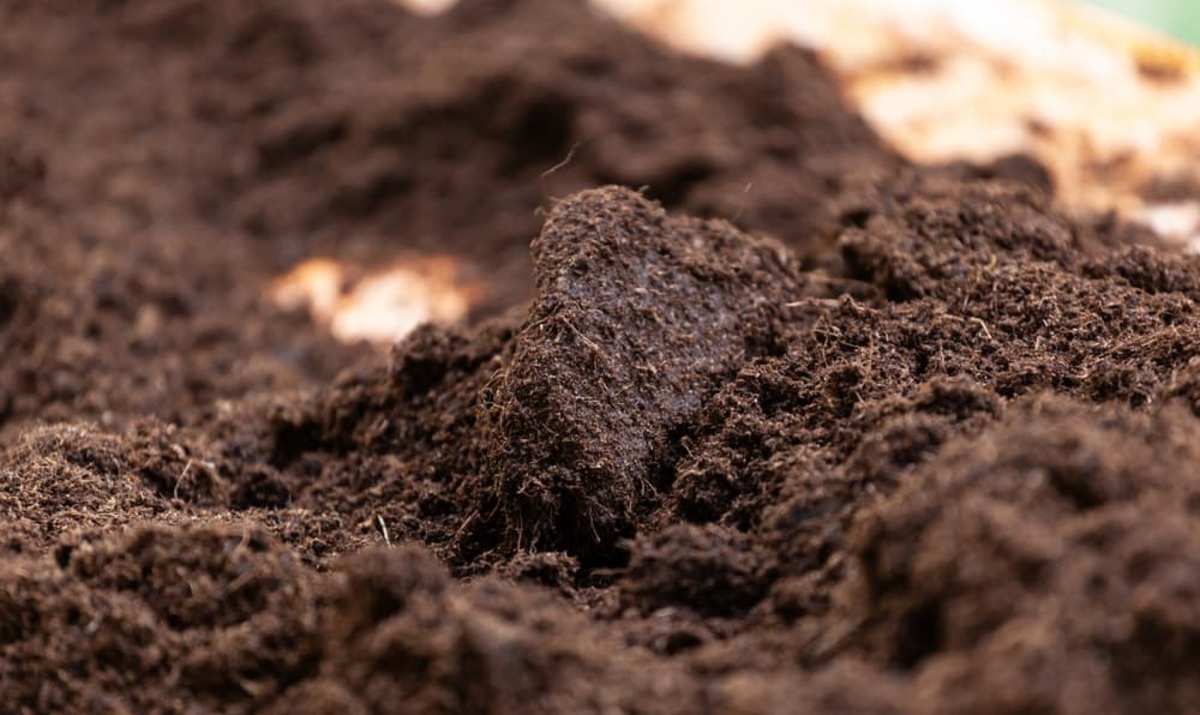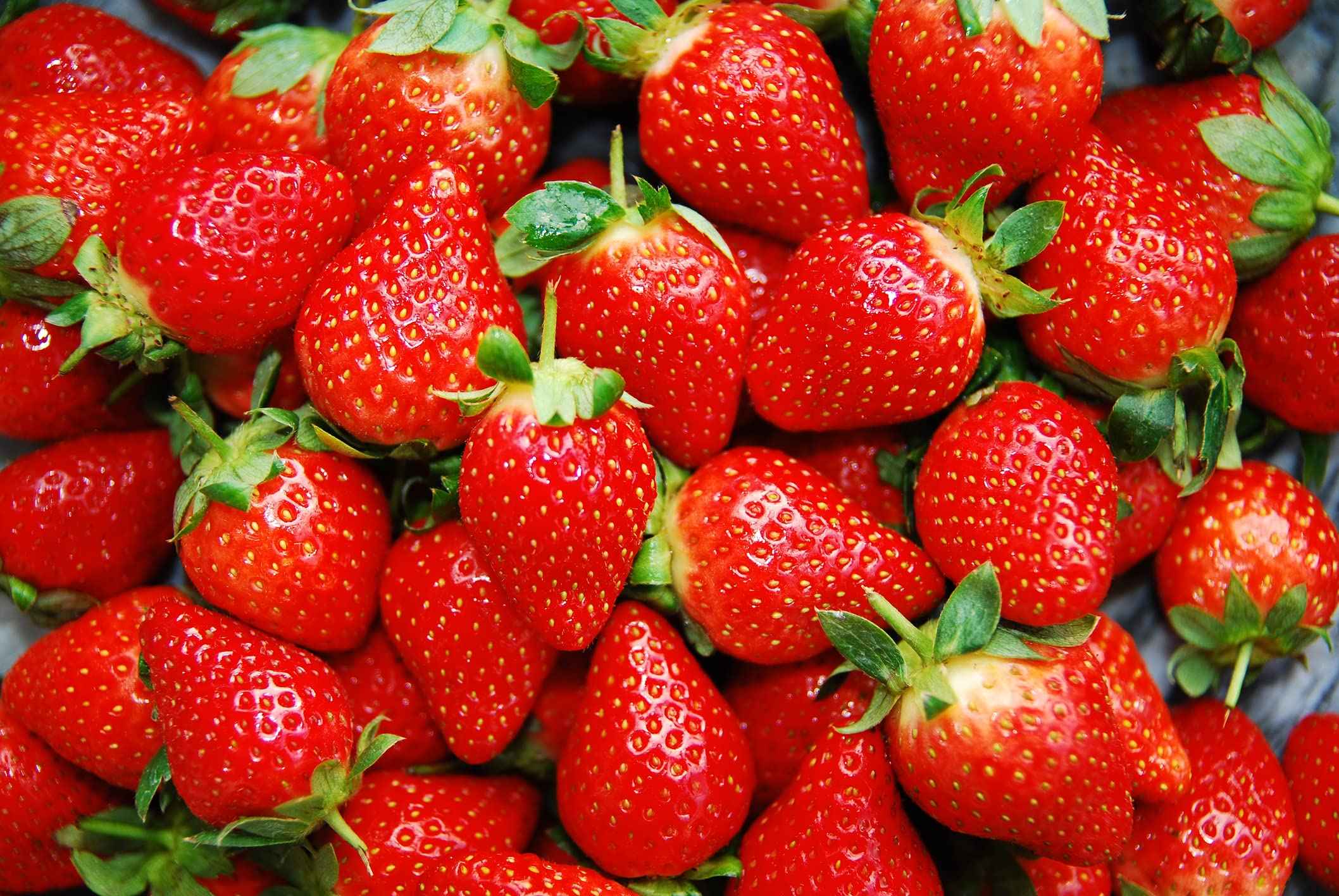Home>Gardening Basics>Understanding Soil>How Many Cubic Feet In A Yard Of Soil?


Understanding Soil
How Many Cubic Feet In A Yard Of Soil?
Published: February 5, 2024
Understanding soil is essential for gardeners. Find out how many cubic feet are in a yard of soil to ensure you have enough for your landscaping projects.
(Many of the links in this article redirect to a specific reviewed product. Your purchase of these products through affiliate links helps to generate commission for Chicagolandgardening.com, at no extra cost. Learn more)
Table of Contents
Introduction
Welcome to the fascinating world of soil! Soil is the source of life for plants, providing essential nutrients, water retention, and anchorage for their roots. But have you ever wondered how much soil you need for a gardening or landscaping project? Understanding measurements like cubic feet and yards can help you determine the right quantity of soil for your needs.
In this article, we will explore the relationship between cubic feet and yards specifically in the context of soil. We’ll provide conversion factors and step-by-step instructions on how to calculate the cubic feet in a yard of soil. Whether you’re a seasoned gardener or just starting out, this knowledge will empower you to make informed decisions and ensure your plants thrive in their ideal soil environment.
So let’s dive in and unravel the mystery of cubic feet and yards in relation to soil. By the end of this article, you’ll have a solid understanding of these measurements and be ready to tackle any gardening or landscaping project with confidence.
Understanding Cubic Feet and Yards
Before we delve into calculating cubic feet in a yard of soil, let’s first understand what cubic feet and yards actually represent.
Cubic feet is a unit of volume that measures the amount of space occupied by an object or substance. It is a three-dimensional measurement, representing the length, width, and height of an object or an area. In the case of soil, cubic feet will give us an idea of the total volume of soil we have.
Yard, on the other hand, is a unit of length commonly used for measuring distance. However, in the context of soil, a yard refers to a cubic yard, which is a unit of volume equal to 27 cubic feet. This is because a yard is defined as three feet, and when we multiply three feet by itself three times (3 x 3 x 3), we get 27 cubic feet.
To put it simply, when we refer to “a yard of soil,” we mean a volume of soil that fills 27 cubic feet of space.
Understanding the relationship between cubic feet and yards is essential for accurately estimating the quantity of soil you need for your gardening or landscaping project. By converting between these two measurements, you can ensure you are ordering the right amount of soil without any wastage or shortage.
Now that we have a basic understanding of cubic feet and yards, let’s move on to the next section, where we will learn how to convert between these units and calculate the cubic feet in a yard of soil.
Conversion Factors for Cubic Feet and Yards
Converting between cubic feet and cubic yards is crucial for accurately determining the volume of soil you need for your project. Luckily, there are simple conversion factors that allow for quick and easy calculations.
As mentioned earlier, one yard is equal to 27 cubic feet. Therefore, to convert from cubic feet to cubic yards, you divide the number of cubic feet by 27. Conversely, to convert from cubic yards to cubic feet, you multiply the number of cubic yards by 27.
Here are the conversion factors at a glance:
- 1 yard = 27 cubic feet
- 1 cubic foot = 0.037 cubic yards (rounded to three decimal places)
For example, if you have 100 cubic feet of soil, dividing by 27 gives you approximately 3.704 cubic yards. On the other hand, if you have 5 cubic yards of soil, multiplying by 27 gives you 135 cubic feet.
Remember, these conversion factors are specific to soil and are based on the fact that a yard represents a cubic yard in this context.
By understanding and using these conversion factors, you’ll be able to confidently convert between cubic feet and yards, ensuring you have the correct measurements to order or estimate the right amount of soil for your project.
Now that we have covered the conversion factors, let’s move on to the next section, where we will learn how to calculate the cubic feet in a yard of soil.
How to Calculate Cubic Feet in a Yard of Soil
Calculating the cubic feet in a yard of soil is a straightforward process once you understand the conversion factors. Here’s a step-by-step guide to help you through the calculation:
- Start by determining the volume in cubic yards. If you already know the volume in cubic feet, simply divide it by 27. If not, you can measure the length, width, and depth of the area you need to fill with soil. Make sure all measurements are in feet.
- Multiply the length, width, and depth measurements together to find the total volume in cubic feet. For example, if you have a length of 10 feet, a width of 6 feet, and a depth of 2 feet, the calculation would be: 10 ft x 6 ft x 2 ft = 120 cubic feet.
- Once you have the volume in cubic feet, divide it by 27 to convert it to cubic yards. Using the previous example, the calculation would be: 120 cubic feet ÷ 27 = 4.44 cubic yards (rounded to two decimal places).
That’s it! You now have the cubic yard measurement for the volume of soil you need. Remember, a cubic yard is equivalent to 27 cubic feet.
It’s worth noting that the shape of the area can affect the accuracy of the calculation. If the area is irregularly shaped, you may need to break it down into smaller, regular shapes and calculate the volume for each shape separately.
Now that you know how to calculate the cubic feet in a yard of soil, let’s move on to the next section, where we will provide examples to solidify your understanding.
Examples of Calculating Cubic Feet in a Yard of Soil
To further illustrate the process of calculating cubic feet in a yard of soil, let’s take a look at a couple of examples:
Example 1:
You have a rectangular garden bed that measures 12 feet in length, 4 feet in width, and 0.5 feet in depth. To calculate the cubic feet in a yard of soil, follow these steps:
- Measurements: Length = 12 feet, Width = 4 feet, Depth = 0.5 feet.
- Multiply the length, width, and depth together: 12 ft x 4 ft x 0.5 ft = 24 cubic feet.
- Divide the volume in cubic feet by 27 to convert it to cubic yards: 24 cubic feet ÷ 27 = 0.888 cubic yards (rounded to three decimal places).
In this example, you would need approximately 0.888 cubic yards of soil to fill the garden bed.
Example 2:
You have a circular planter with a diameter of 6 feet and a depth of 2.5 feet. To calculate the cubic feet in a yard of soil, follow these steps:
- Measurements: Diameter = 6 feet, Depth = 2.5 feet.
- Calculate the radius by dividing the diameter by 2: Radius = 6 ft ÷ 2 = 3 feet.
- Calculate the volume of the circular planter using the formula: Volume = π x (radius^2) x depth. With π rounded to 3.14, the calculation would be: 3.14 x (3 ft^2) x 2.5 ft = 47.1 cubic feet (rounded to one decimal place).
- Divide the volume in cubic feet by 27 to convert it to cubic yards: 47.1 cubic feet ÷ 27 = 1.744 cubic yards (rounded to three decimal places).
In this example, you would need approximately 1.744 cubic yards of soil to fill the circular planter.
By following these examples, you can now confidently calculate the cubic feet in a yard of soil for various shapes and sizes.
Now that we have explored examples of calculating cubic feet in a yard of soil, let’s move on to the concluding section where we will summarize the key points discussed in this article.
Conclusion
Understanding cubic feet and yards is essential when it comes to estimating the right amount of soil for your gardening or landscaping projects. By knowing how to calculate the cubic feet in a yard of soil, you can make accurate measurements, ensuring you have enough soil to support the healthy growth of your plants.
In this article, we explored the basics of cubic feet and yards, learning that cubic feet measures volume while a yard refers to a cubic yard equal to 27 cubic feet. We also discussed the conversion factors between cubic feet and cubic yards, allowing for easy conversions between the two measurements.
Additionally, we provided a step-by-step guide on how to calculate the cubic feet in a yard of soil, using examples to solidify our understanding. By following these calculations, you can confidently determine the volume of soil required for your gardening or landscaping needs.
Remember, different shapes may require separate calculations or breaking down irregular areas into smaller, more manageable shapes. Paying attention to the details of each measurement will ensure the accuracy of your calculations.
Now armed with this knowledge, you can embark on your soil-related projects with confidence, knowing that you have a comprehensive understanding of cubic feet and yards in relation to soil volume calculations. So go ahead, get your hands dirty, and create beautiful landscapes and thriving gardens!
